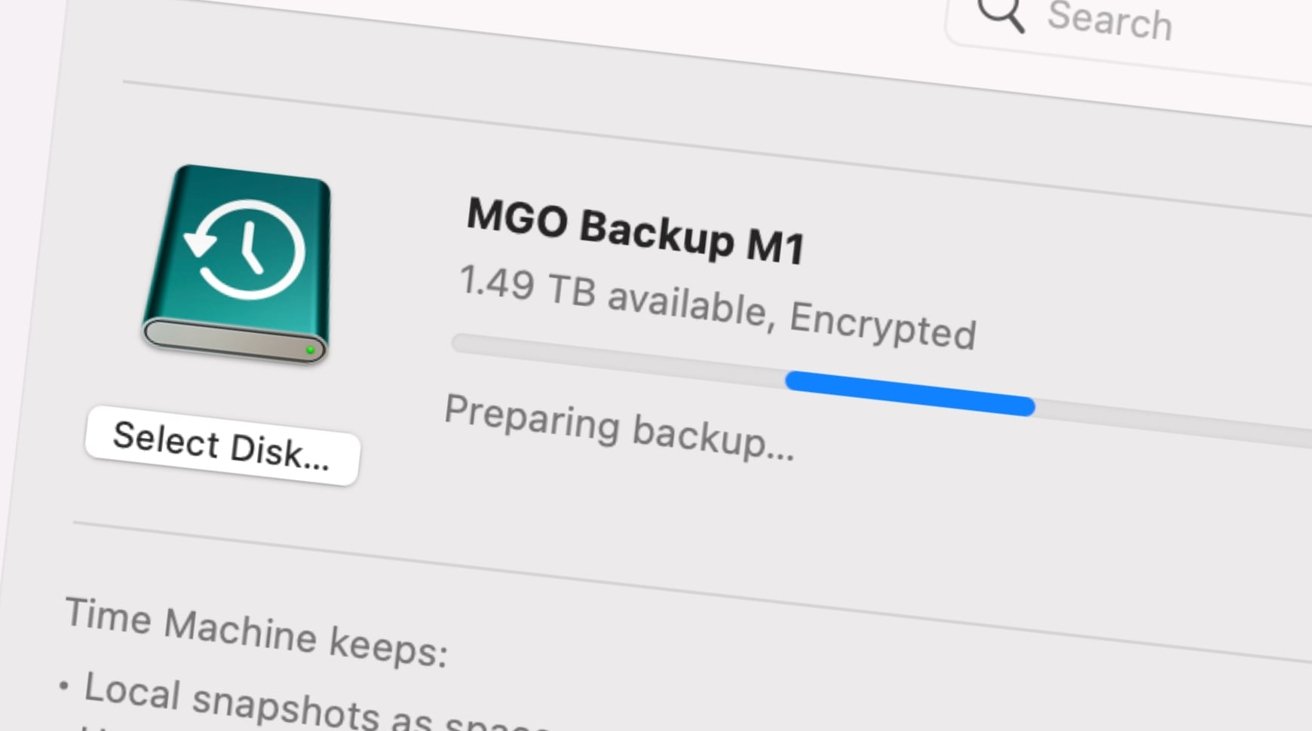

You can check progress in the FileVault section of Security & Privacy preferences. If you lose both your account password and your FileVault recovery key, you won't be able to log in to your Mac or access the data on your startup disk.Įncryption occurs in the background as you use your Mac, and only while your Mac is awake and plugged in to AC power. Keep the letters and numbers of the key somewhere safe-other than on your encrypted startup disk.
 If you don't want to use iCloud FileVault recovery, you can create a local recovery key. Choose answers that you're sure to remember. If you're using OS X Mavericks, you can choose to store a FileVault recovery key with Apple by providing the questions and answers to three security questions. If you're using OS X Yosemite or later, you can choose to use your iCloud account to unlock your disk and reset your password. User accounts that you add after turning on FileVault are automatically enabled.Ĭhoose how you want to be able to unlock your disk and reset your password, in case you ever forget your password: For each user, click the Enable User button and enter the user's password. If other users have accounts on your Mac, you might see a message that each user must type in their password before they will be able to unlock the disk. Click, then enter an administrator name and password. Choose Apple menu () > System Preferences, then click Security & Privacy. Once provided, decryption of the encrypted volume should begin.FileVault 2 is available in OS X Lion or later. When FileVault is turned on, your Mac always requires that you log in with your account password. You’ll be prompted for the password/passphrase of an account that’s authorized to unlock the encryption. Once you have the UUID, you can unlock the drive using the following command: diskutil corestorage revert UUID -stdinpassphrase. Run the following command to get the UUID of the encrypted drive: diskutil corestorage list. Once provided, decryption of the encrypted volume should begin. When prompted for a password, you can enter your password for the drive. Under the File menu, select Turn Off Encryption….
If you don't want to use iCloud FileVault recovery, you can create a local recovery key. Choose answers that you're sure to remember. If you're using OS X Mavericks, you can choose to store a FileVault recovery key with Apple by providing the questions and answers to three security questions. If you're using OS X Yosemite or later, you can choose to use your iCloud account to unlock your disk and reset your password. User accounts that you add after turning on FileVault are automatically enabled.Ĭhoose how you want to be able to unlock your disk and reset your password, in case you ever forget your password: For each user, click the Enable User button and enter the user's password. If other users have accounts on your Mac, you might see a message that each user must type in their password before they will be able to unlock the disk. Click, then enter an administrator name and password. Choose Apple menu () > System Preferences, then click Security & Privacy. Once provided, decryption of the encrypted volume should begin.FileVault 2 is available in OS X Lion or later. When FileVault is turned on, your Mac always requires that you log in with your account password. You’ll be prompted for the password/passphrase of an account that’s authorized to unlock the encryption. Once you have the UUID, you can unlock the drive using the following command: diskutil corestorage revert UUID -stdinpassphrase. Run the following command to get the UUID of the encrypted drive: diskutil corestorage list. Once provided, decryption of the encrypted volume should begin. When prompted for a password, you can enter your password for the drive. Under the File menu, select Turn Off Encryption…. 
Boot your Mac and hold down ⌘-R (Command –R) to boot from the Mac’s Recovery HD partition.What methods have you used when trying to disabling the encryption on your encrypted non-boot drive? Here's some ways I know about:







 0 kommentar(er)
0 kommentar(er)
